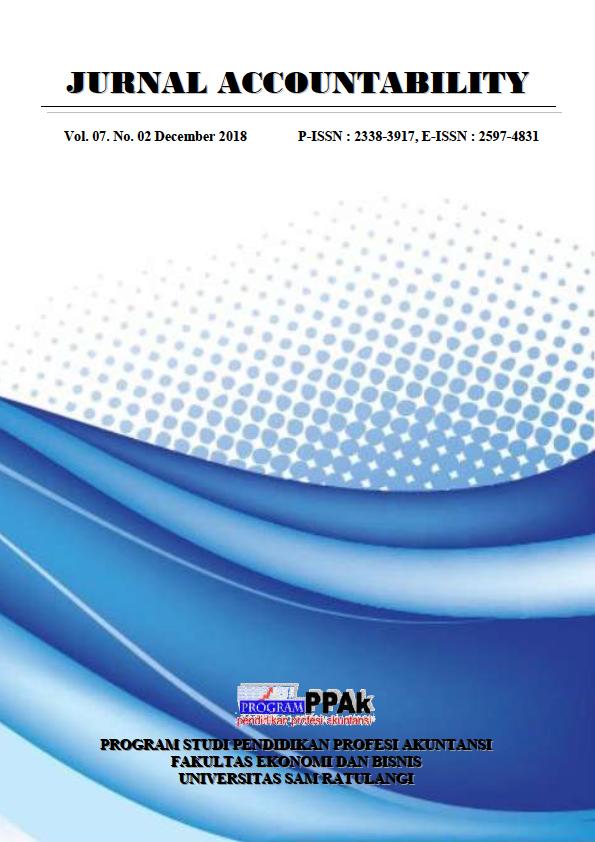APPLYING RISK PROFILE, GOOD CORPORATE GOVERNANCE, EARNING AND CAPITAL (RGEC) METHOD TO PREDICT THE BANK HEALTH (CASE STUDY ON PT. BANK TABUNGAN NEGARA)
Keywords:
risk profile, good corporate governance, earnings, capitalAbstract
This study aimed to analyze the health of PT. Bank Tabungan Negara (Persero) Tbk over period of 2013 to 2017 RGEC method approach (Risk Profile, Good Corporate Governance, Earnings, Capital). This research is quantitative descriptive method. The variables in this study include Risk Profile using the ratio of Non Performing Loans (NPLs) and loan to Deposits Ratio (LDR), GCG using Composite Rating GCG, Earnings use ratios Return on Assets (ROA) and Net Interest Margin (NIM) and Last Capital uses Adequacy Capital ratio (CAR). The results showed Bank BTN predicate healthy enough where banks are still quite capable of carrying out risk-based banking management well, so they deserve to be trusted community. However, the calculation of the proportion of Loan to Deposits Ratio (LDR) is below standard bank of Indonesia with the predicate less healthy.
Downloads
Published
Issue
Section
License
The articles published in Jurnal Accountability are licensed under Creative Commons Attribution-NonCommercial 4.0 International with authors as copyright holders.
Â

This work is licensed under a Creative Commons Attribution-NonCommercial 4.0 International License.
Â
- Share — copy and redistribute the material in any medium or format.
- Adapt — remix, transform, and build upon the material.
- The licensor cannot revoke these freedoms as long as you follow the license terms.
- Attribution — You must give appropriate credit, provide a link to the license, and indicate if changes were made. You may do so in any reasonable manner, but not in any way that suggests the licensor endorses you or your use.
- NonCommercial — You may not use the material for commercial purposes.
- No additional restrictions — You may not apply legal terms or technological measures that legally restrict others from doing anything the license permits.
- You do not have to comply with the license for elements of the material in the public domain or where your use is permitted by an applicable exception or limitation.
- No warranties are given. The license may not give you all of the permissions necessary for your intended use. For example, other rights such as publicity, privacy, or moral rights may limit how you use the material.


